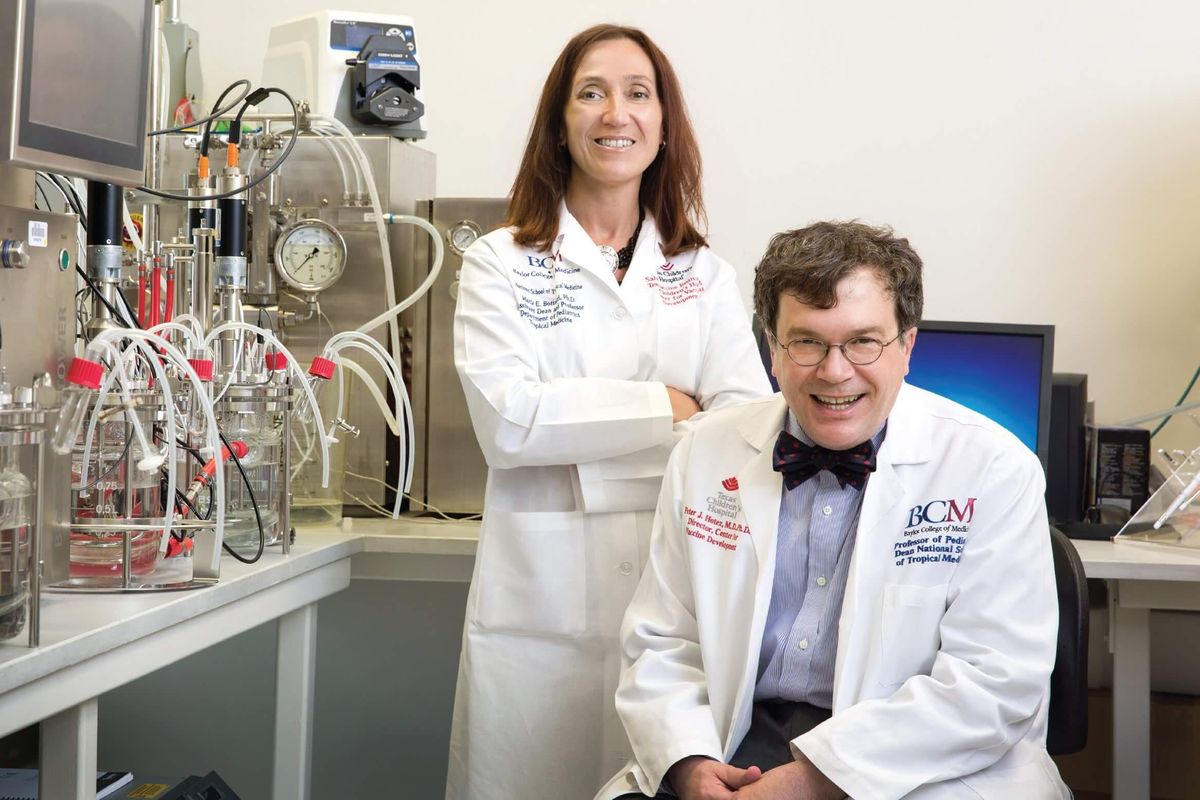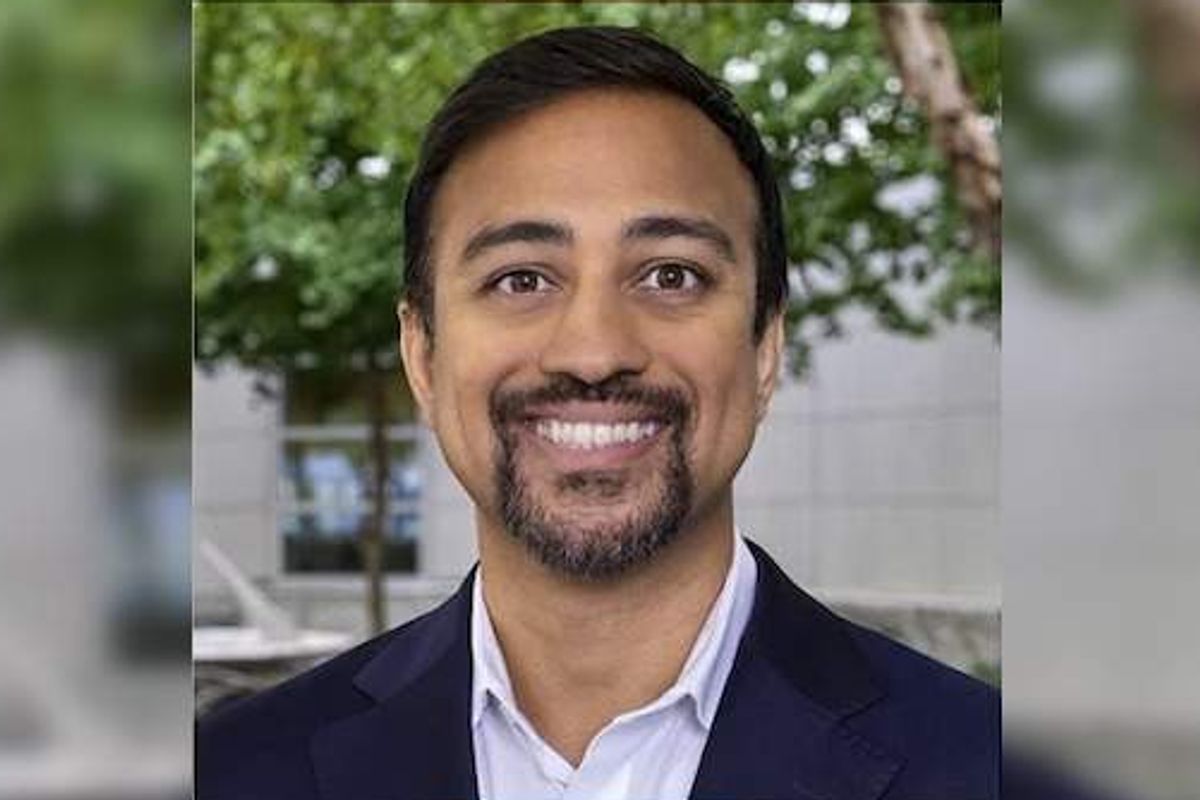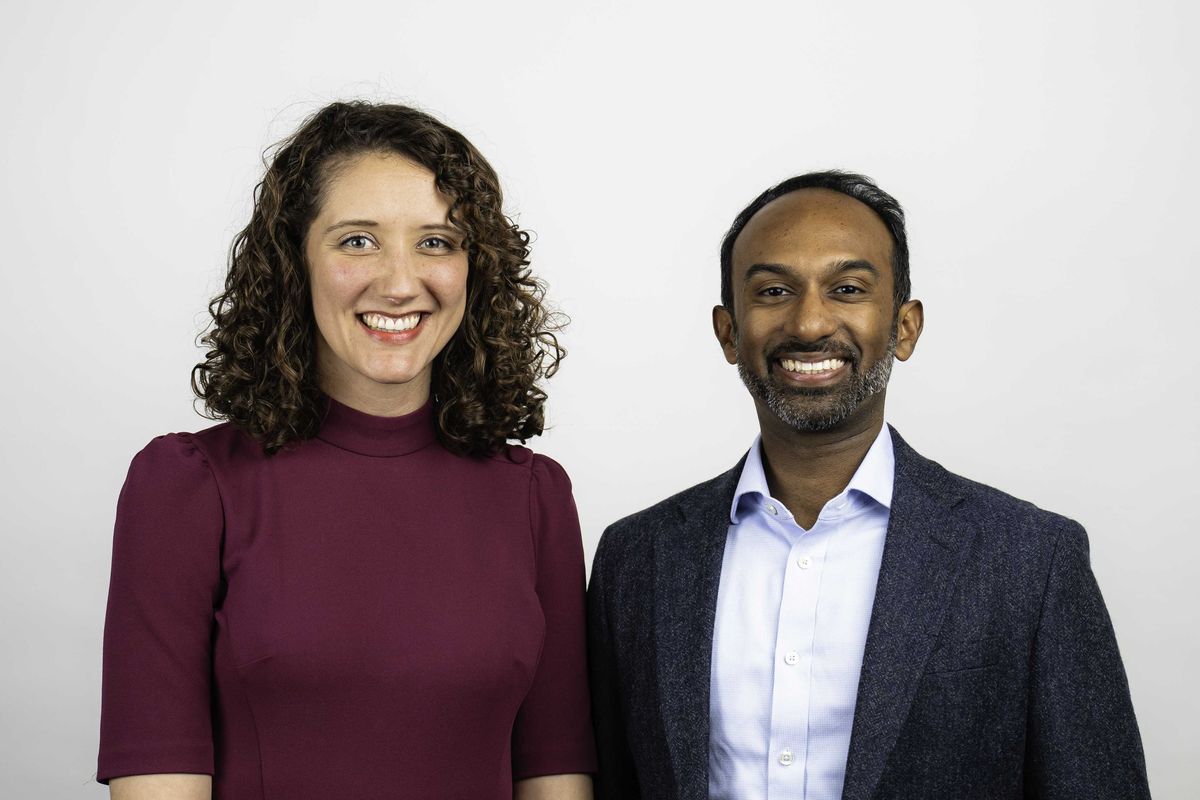Houston research: Understanding the limit to our professional networks
Houston voices
You go to conferences; you network; you collaborate — all researchers and academics do. But do you need more than 150 contacts? Linkedin, Facebook, Twitter — all of these platforms open us up to the possibility of thousands of acquaintances, though fewer we would refer to as "friends."
Studying the primate brain
Robin Dunbar, an anthropologist from England, has been studying and refining his theory of the "Dunbar number" for 30 years. Dunbar became convinced that there was a ratio between brain sizes and group sizes through his studies of primates. "This ratio was mapped out using neuroimaging and observation of time spent on grooming, an important social behavior of primates. Dunbar concluded that the size, relative to the body, of the neocortex – the part of the brain associated with cognition and language – is linked to the size of a cohesive social group," wrote Christine Ro in a 2019 BBC.com Future article.
After the group reached approximately 150, it collapsed.
Your network
Is it true that humans based on their brain, and especially pre-frontal lobe size, are only able to connect in an intimate manner with around 150 other individuals? Defined as someone you would make plans to have a drink or coffee with if you bumped into them randomly on the street, Dunbar's claim is that it seems to be a consistent theme throughout history. Says the BBC: "This rule of 150 remains true for early hunter-gatherer societies as well as a surprising array of modern groupings: offices, communes, factories, residential campsites, military organizations, 11th Century English villages, even Christmas card lists."
The Dunbar number decreases by a "rule of three" where the next step down is the number 50 – those you consider "friends." Then about 15 in a closely knit circle, and four to six only in our familial or closest friend contacts.
Social media and COVID-19
"What determines these layers in real life, in the face-to-face world… is the frequency at which you see people," says Dunbar. "You're having to make a decision every day about how you invest what time you have available for social interaction, and that's limited." So, social media and COVID would seem to be game-changers for this theory.
Dunbar went on to study the process of "grooming" and light touch with astonishing results, which you can read about in the New Yorker. Basically, if a person has a face-to-face encounter with a friend, they are consequently able to withstand unpleasantness right afterwards (their hands stuck into a bucket of ice, for instance!) at a much higher rate.
"It makes sense that there's a finite number of friends most individuals can have," wrote Ro. "What's less clear is whether that capacity is being expanded, or contracted, by the ever-shifting ways people interact online …'It's extremely hard to cry on a virtual shoulder,' Dunbar deadpans."
And how has COVID changed Dunbar's theory? "While our culture has encouraged us to accumulate friends, both on- and offline, like points, the pandemic has laid bare the distinction between quantity and quality of connections," said a New York Times article. "There are those we've longed to see and those it's been a relief not to see."
The Big Idea
Many try to debunk Dunbar's number, by saying that primate and human brains differ and that the calculations are off. Robin Dunbar defends his theory thirty years after first proposing it in The Conversation.
The number of people you can just recognize according to Dunbar, is about 1,500, so you might want to keep that in mind if you are an extrovert and have an incredibly large network of collaborators – both online and offline.
University of Houston's central research department, the Division of Research, has about 100 members. But, your Linkedin network — check the number and see what it sits at. And if it's 600, ask yourself: do you really need that many contacts?
------
This article originally appeared on the University of Houston's The Big Idea. Sarah Hill, the author of this piece, is the communications manager for the UH Division of Research.




















